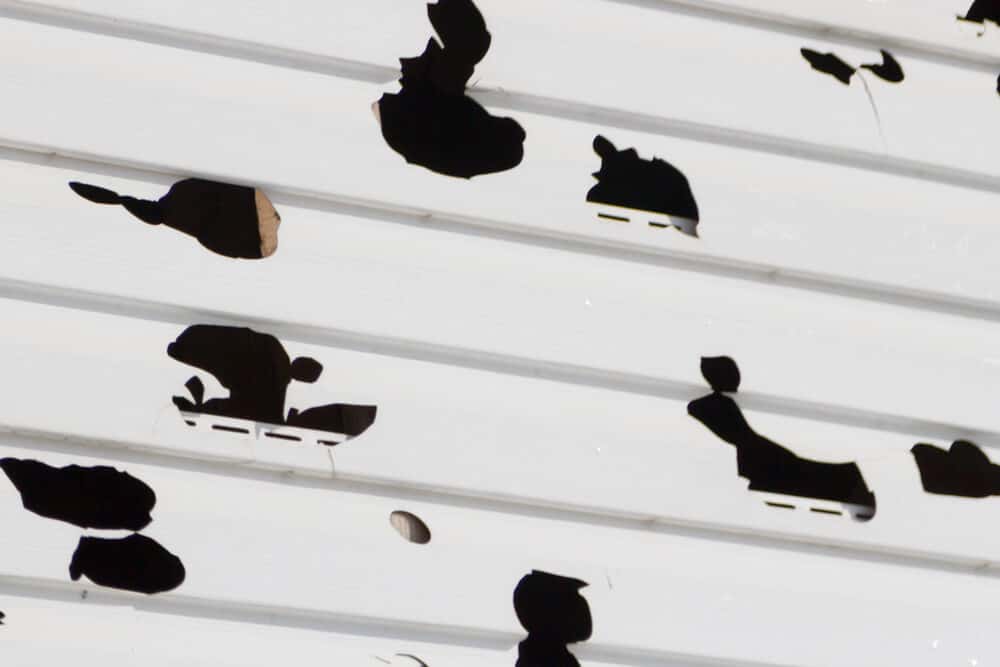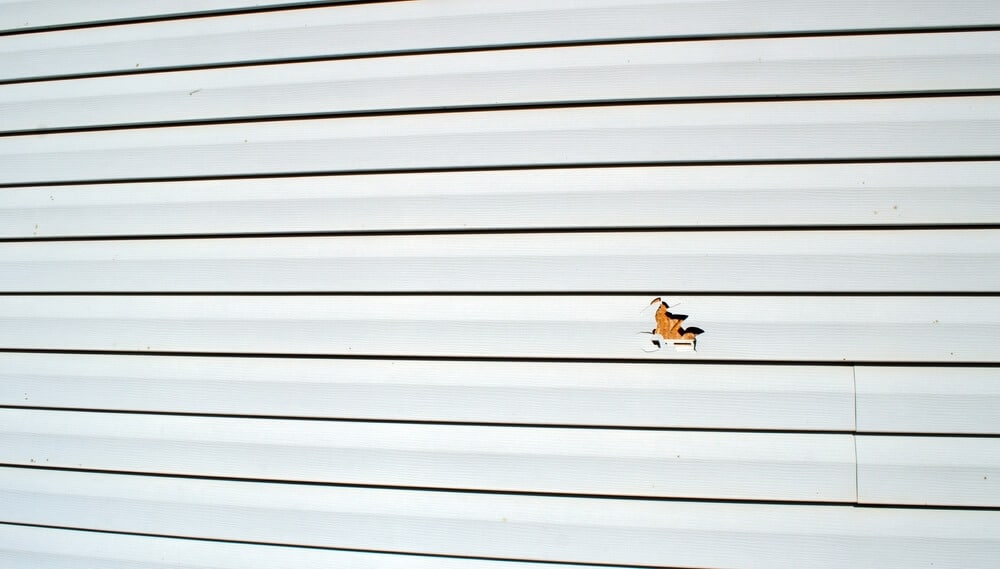
A damaged vinyl siding can be more than just an eyesore; it can also compromise your home’s structural integrity and energy efficiency. Repairing holes in vinyl siding is simpler than you might think. With this 2024 guide, you’ll have all the steps and tips you need to restore your home’s exterior to its pristine condition.
Why Vinyl Siding?
Vinyl siding is a popular choice for many homeowners due to its durability, affordability, and ease of maintenance. However, despite its resilience, accidents can happen, leading to cracks or holes. Understanding why and how these damages occur can help you take preventive measures in the future.
 Common Causes of Holes in Vinyl Siding
Common Causes of Holes in Vinyl Siding
Holes in vinyl siding can result from various sources. Weather-related events like hailstorms and high winds can cause debris to strike and puncture the siding. Everyday accidents, such as a stray baseball or a collision with yard equipment, can create holes. Additionally, over time, vinyl siding can become brittle, making it more susceptible to cracks and holes.
Tools and Materials Needed
Before you start the repair process, gather the necessary tools and materials. You will need replacement vinyl siding pieces, a utility knife, measuring tape, hammer and nails, a pry bar, a zip tool (for unlocking siding), a caulking gun and weatherproof sealant, and safety gloves and goggles.
Step-by-Step Guide to Repairing Holes in Vinyl Siding
Step 1: Assess the Damage
Begin by inspecting the hole and the surrounding area to determine the extent of the damage. This will help you decide if a simple patch will suffice or if you need to replace a larger section of the siding.
Step 2: Remove the Damaged Siding
Use the zip tool to unlock the vinyl siding panels around the damaged area. Insert the tool under the bottom lip of the panel above the damaged one and slide it along the length to free the siding. Carefully pry off the nails using a pry bar and remove the damaged siding.
Step 3: Cut and Install the Replacement Piece
Measure the area where the siding needs to be replaced. Cut the new piece of vinyl siding to the correct size using a utility knife. Fit the replacement piece into place, ensuring it aligns correctly with the surrounding panels. Secure it with nails, making sure they are not driven too tightly to allow for expansion and contraction.
Step 4: Seal the Edges
To prevent water from seeping behind the siding, apply a bead of weatherproof sealant along the edges of the replacement piece. Smooth the sealant with a caulking tool or your finger for a neat finish.
Tips for a Professional Finish
Repairing holes in vinyl siding can be straightforward, but a few tips can ensure a seamless and professional-looking result.
Match the Color and Style
Vinyl siding comes in various colors and styles. When purchasing replacement pieces, try to match them as closely as possible to your existing siding. If an exact match is not available, consider repainting the repaired area to blend it in.
Take Your Time
Rushing through the repair process can lead to mistakes. Take your time to measure, cut, and fit the replacement piece accurately. Proper alignment is crucial for a seamless finish.
Regular Maintenance
While vinyl siding is low maintenance, regular checks can help catch potential issues early. Look for signs of wear, such as discoloration, cracks, or loose panels, and address them promptly to prevent more extensive damage.
Preventive Measures
Preventing holes in vinyl siding is always better than repairing them. Install protective barriers like shrubbery or fencing to shield your siding from impact damage. Conduct regular inspections, especially after severe weather, to catch and repair minor damages before they worsen. Be cautious when using yard equipment or playing near the house to avoid accidental impacts.
Conclusion


 Common Causes of Holes in Vinyl Siding
Common Causes of Holes in Vinyl Siding